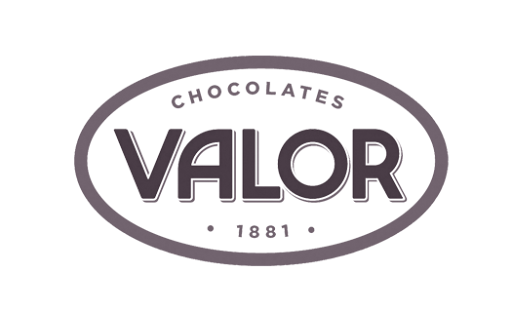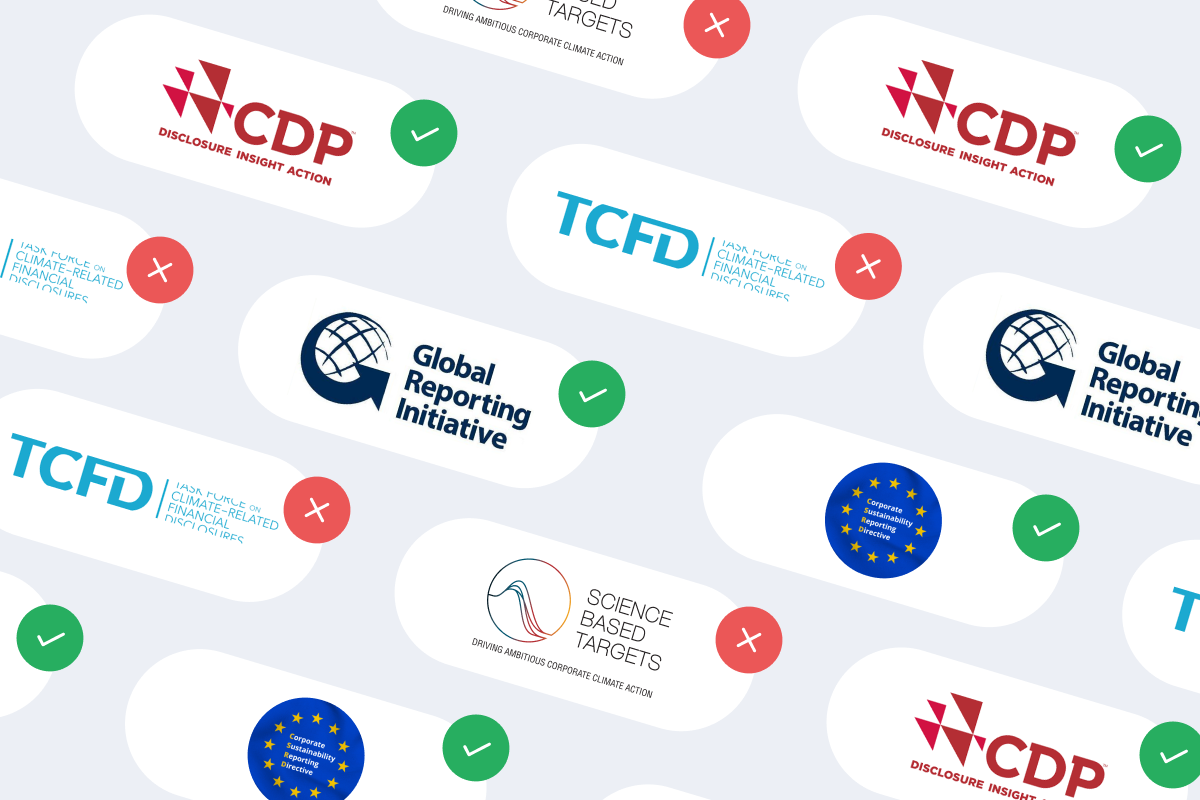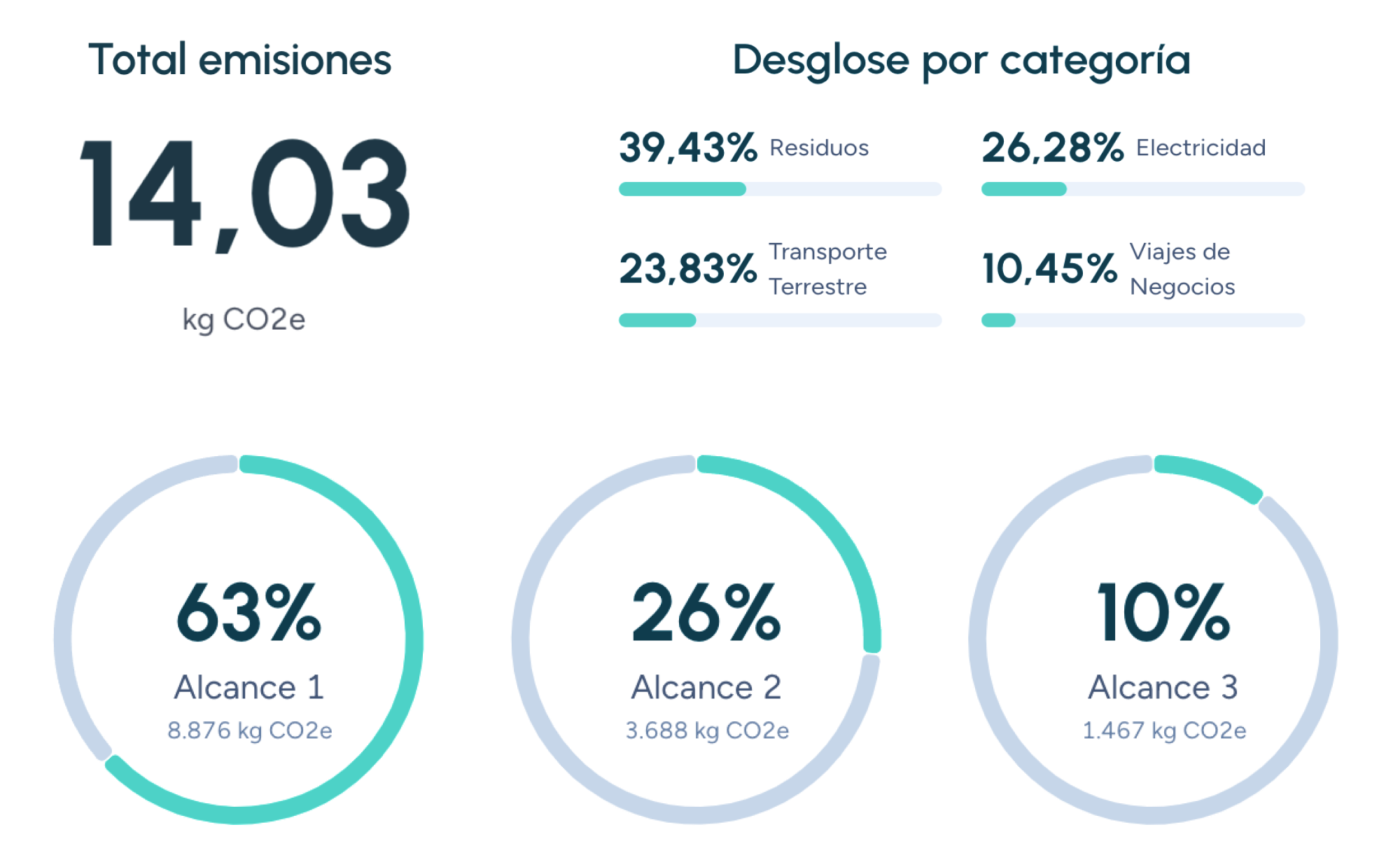Back to the blog
Emission reduction
The Sustainable Apparel Coalition: Driving industry change
Paula Otero
Environmental and Sustainability Consultant
From raw material extraction to garment disposal, the fashion industry is under intense scrutiny for its environmental and social impact. The Sustainable Apparel Coalition (SAC) has emerged as a leading organization driving positive change in this sector. Comprising brands, retailers, manufacturers, NGOs, and academic institutions, the SAC focuses on collective action to reduce the apparel industry’s ecological footprint and improve labor conditions.
This article examines how the Sustainable Apparel Coalition came to be, its core initiatives, and the transformative impact it’s having on the global fashion landscape.
Origins of the Sustainable Apparel Coalition
Founded in 2011 through a partnership between the U.S. Environmental Protection Agency (EPA), Patagonia, and Walmart, the Sustainable Apparel Coalition (SAC) began as a multi-stakeholder alliance aiming to address the systemic challenges in apparel manufacturing and distribution. Over time, membership has expanded to include diverse industry players—from high-street labels to luxury brands—all working toward common sustainability goals.
Key objectives
- Set industry-wide standards: develop and promote unified methodologies to measure environmental and social impacts across supply chains.
- Foster transparency: encourage brands to disclose sustainability data, fostering trust among consumers, investors, and NGOs.
- Facilitate collaboration: create platforms where members share best practices, pilot projects, and innovations that drive real-world impact.
- Enable continuous improvement: provide tools and frameworks, such as the Higg Index, to track progress and refine sustainability strategies.
Core Initiatives of the SAC
1. The Higg Index
The SAC’s flagship tool, the Higg Index, offers a standardized approach to measuring environmental, social, and labor metrics. It comprises modules that assess factories, products, and brands, enabling members to pinpoint areas for improvement in energy efficiency, carbon emissions, worker well-being, and more.
2. Capacity building
The SAC conducts training sessions, workshops, and webinars, helping member organizations and their suppliers better understand sustainable practices. Topics range from chemical management to circular design, equipping stakeholders with tangible skills for eco-friendly manufacturing.
3. Policy advocacy
Through partnerships and active participation in global forums, the SAC advocates for stronger regulations and incentives that support sustainable production. This includes lobbying for extended producer responsibility (EPR) laws and transparent labeling of materials.
4. Research and innovation
The SAC invests in research to develop new materials and processes. By collaborating with academic institutions and technology providers, it aims to accelerate breakthroughs in areas like bio-based fibers, waterless dyeing, and zero-waste supply chains.
Impact on the fashion industry
1. Improved transparency
Many SAC member brands publicly disclose their Higg Index performance, shedding light on resource usage, waste management, and labor conditions. This transparency fosters accountability and influences purchasing decisions, as consumers can reward brands that demonstrate meaningful progress.
2. Collaboration over competition
By pooling resources and knowledge, SAC members share cost-efficient solutions that can be scaled across the industry. Competitors become partners in reducing the collective carbon footprint, signaling a significant cultural shift in a traditionally competitive market.
3. Consumer awareness
Campaigns highlighting sustainability scores or eco-labels have educated consumers about the impacts of fast fashion. As a result, more shoppers demand ethical supply chains and low-impact products, pushing non-member brands to follow suit.
4. Regulatory influence
The SAC’s research and data-backed recommendations influence policymakers worldwide. Initiatives like mandatory corporate ESG reporting or more stringent labor laws gain traction because of collective advocacy from well-known retail giants and NGOs under the SAC umbrella.
Challenges and criticisms
- Voluntary participation: Critics argue that without strict enforcement, some members might greenwash their efforts.
- Data accuracy: Reliance on self-reported data can undermine trust, though third-party audits are becoming more common.
- Complex supply chains: Tracking every tier of a global supply chain remains a challenge, slowing progress in verifying labor standards and environmental impacts across all vendors.
- Limited consumer understanding: While transparency is rising, sustainability metrics can be confusing, and many consumers still prioritize cost and style over ethical considerations.
Real-world examples
- Adidas: Utilizes the Higg Index to improve material choices and factory conditions, consistently publishing performance updates to showcase progress.
- Gap Inc.: Collaborates on water-saving technologies, leveraging SAC resources to scale best practices in denim production.
- Levi Strauss & Co.: Actively engages in collaborative projects under the SAC to refine chemical management and reduce water usage.
The path forward
The SAC continues to refine the Higg Index and expand its reach into other sectors, such as footwear and home textiles. Meanwhile, new emerging topics—like microplastics, biodiversity, and the circular economy—are shaping the Coalition’s future research agenda. Encouraging more rigorous audits, integrating advanced blockchain tools, and strengthening policy advocacy are key fronts in the SAC’s ongoing mission to make fashion truly sustainable.
The Sustainable Apparel Coalition: A meaningful change in a complex industry
The Sustainable Apparel Coalition exemplifies how collective action can drive meaningful change in a complex industry. By establishing common standards through the Higg Index, investing in capacity building, and advocating for stronger policies, the SAC has significantly impacted how clothing is designed, produced, and consumed.
As sustainability becomes an industry norm, joining coalitions like the SAC is increasingly crucial for brands that want to remain relevant, responsible, and competitive.
Paula Otero
Environmental and Sustainability Consultant
About the author
Biologist from the University of Santiago de Compostela with a Master’s degree in Natural Environment Management and Conservation from the University of Cádiz. After collaborating in university studies and working as an environmental consultant, I now apply my expertise at Manglai. I specialize in leading sustainability projects focused on the Sustainable Development Goals for companies. I advise clients on carbon footprint measurement and reduction, contribute to the development of our platform, and conduct internal training. My experience combines scientific rigor with practical applicability in the business sector.
Content
Companies that trust us

Science Based Targets (SBTi): How to Set Decarbonisation Goals Aligned with the Paris Agreement
Learn how to set SBTi-aligned targets consistent with the Paris Agreement. Practical guide for companies: requirements, benefits, and steps.
03 December, 2025
AI in Scope 3 Calculation: How to Overcome the Supplier Data Barrier
AI is transforming Scope 3 calculation with precise data, full traceability, and automated workflows.
19 November, 2025
Market-based vs. Location-based Emissions Accounting
Understand the difference between Market-based and Location-based Emissions Accounting methods.
12 May, 2025
Guiding businesses towards net-zero emissions through AI-driven solutions.
© 2025 Manglai. All rights reserved
Política de Privacidad


